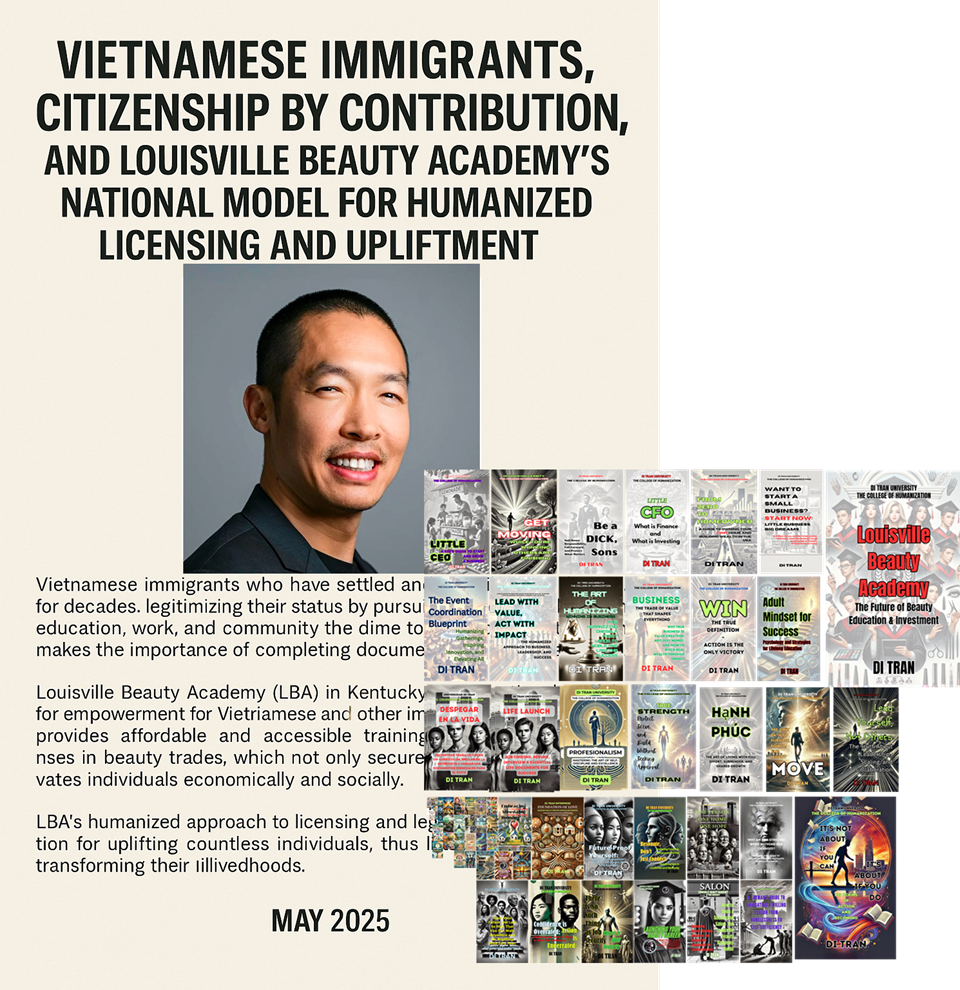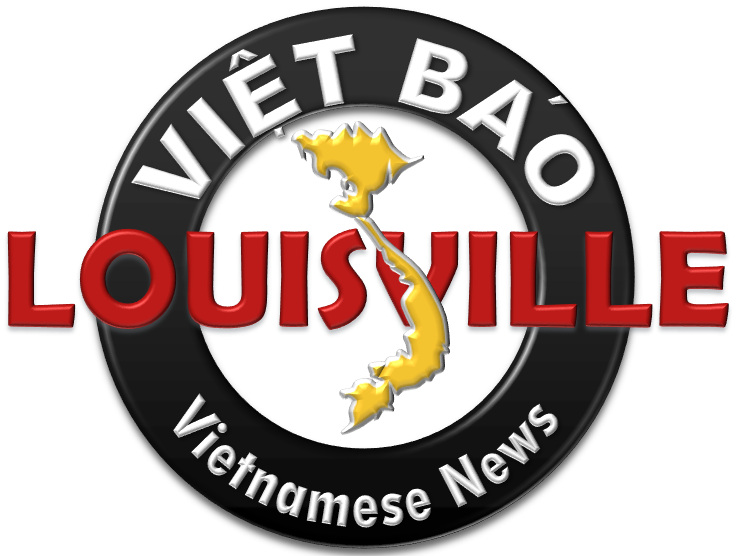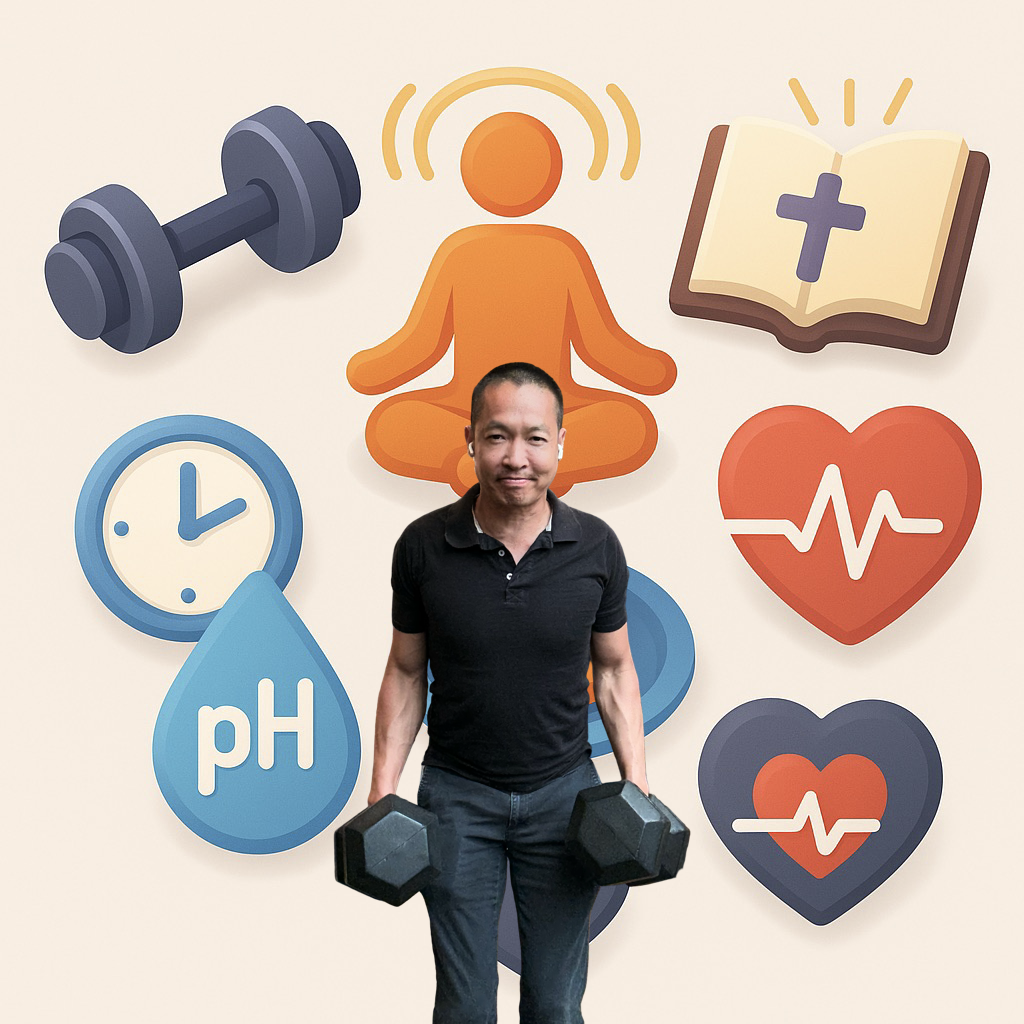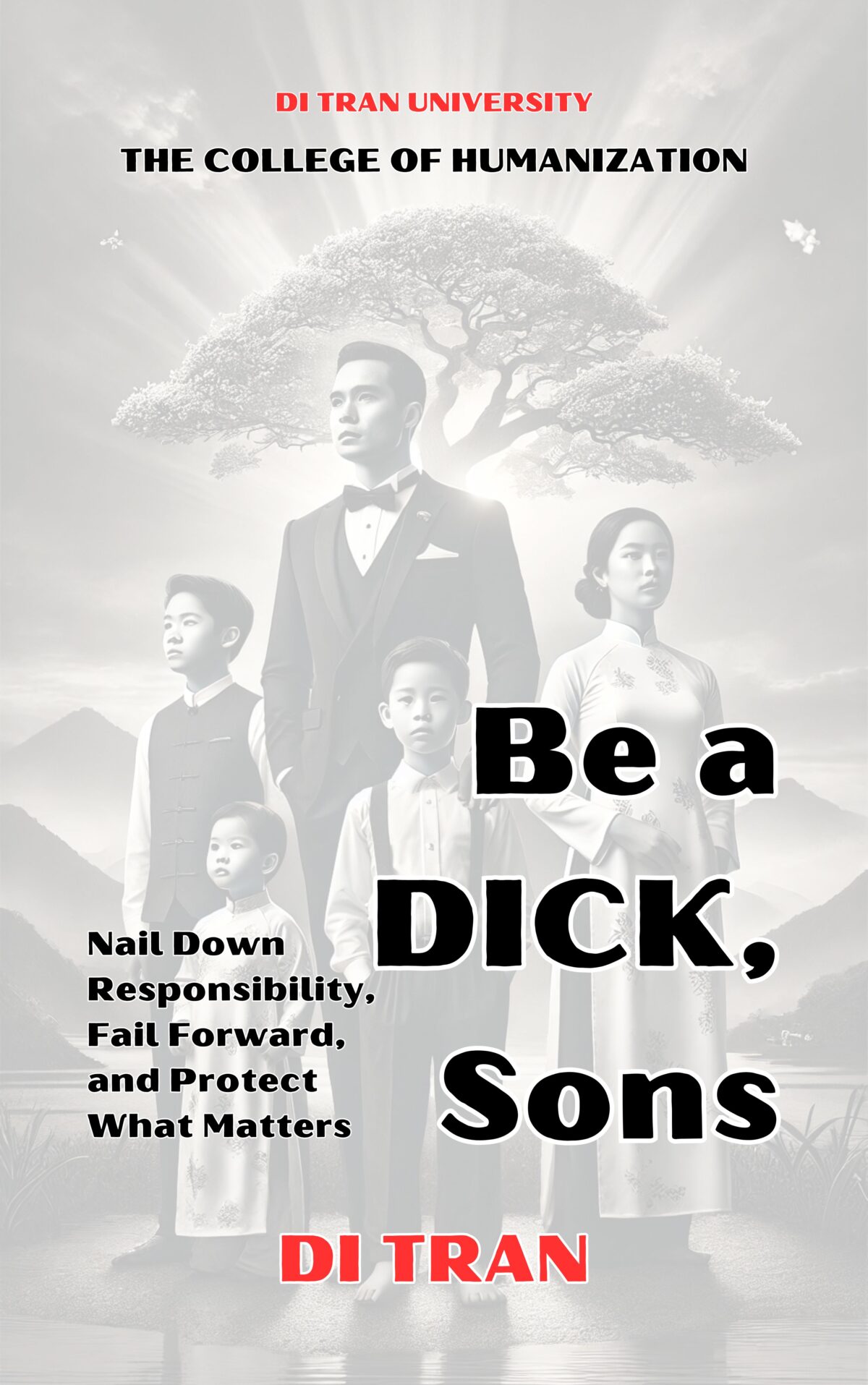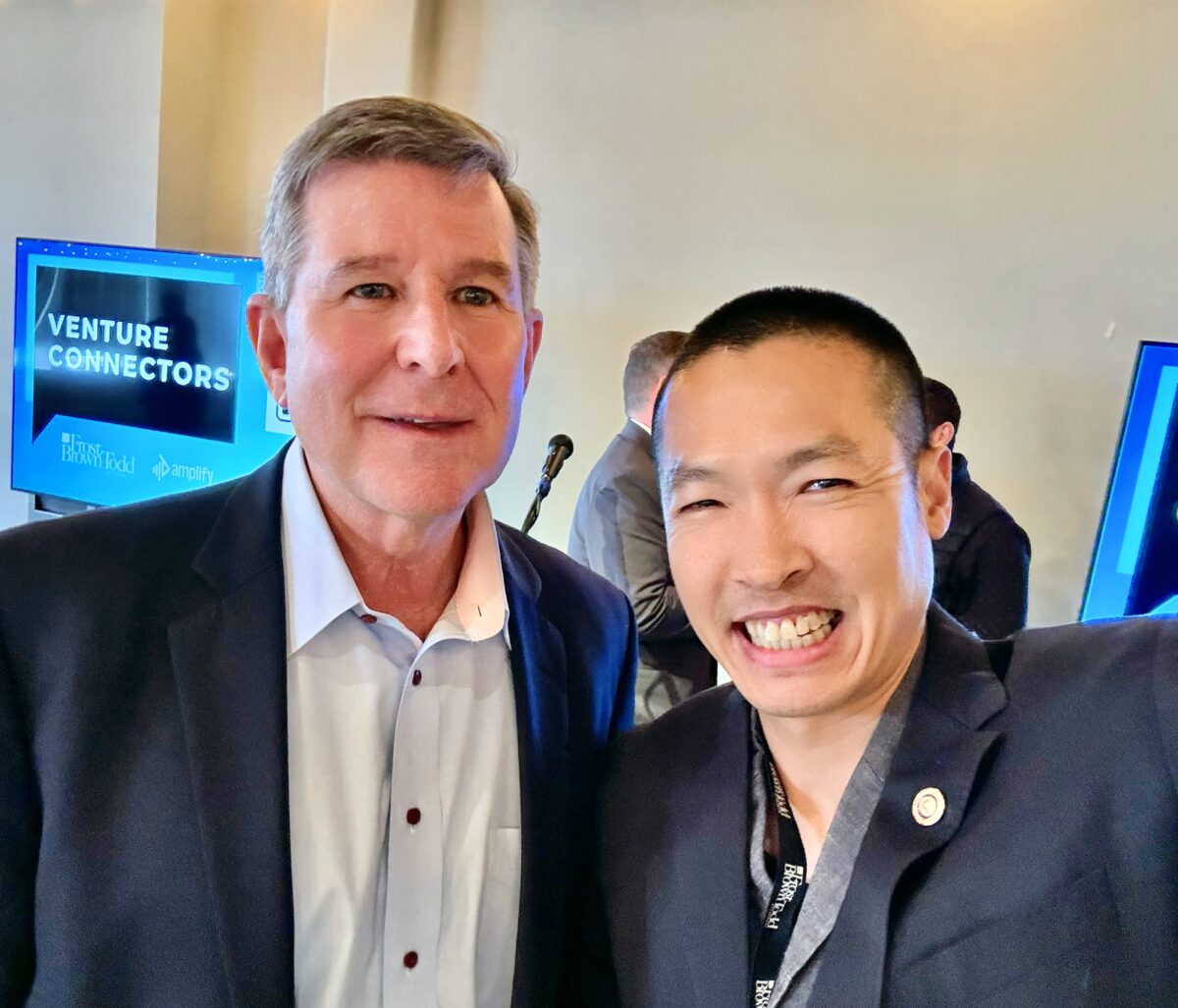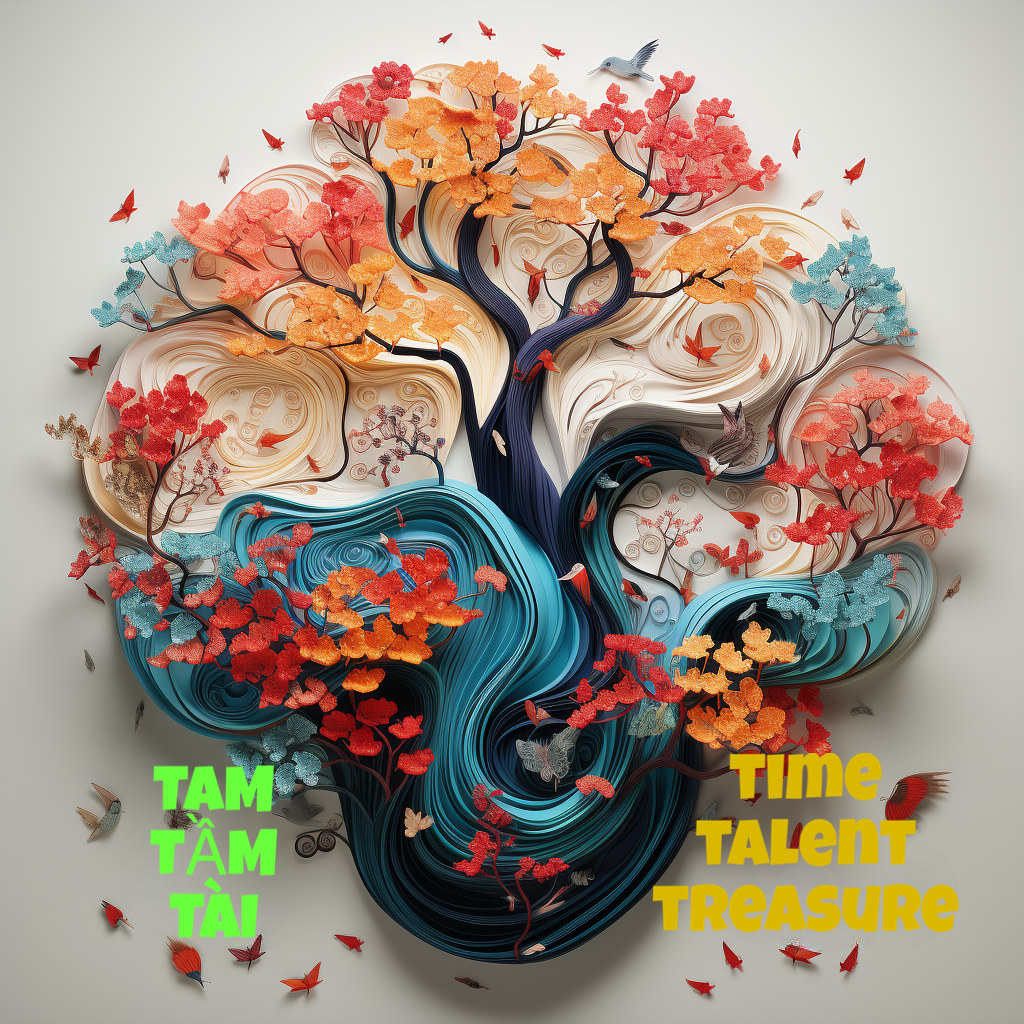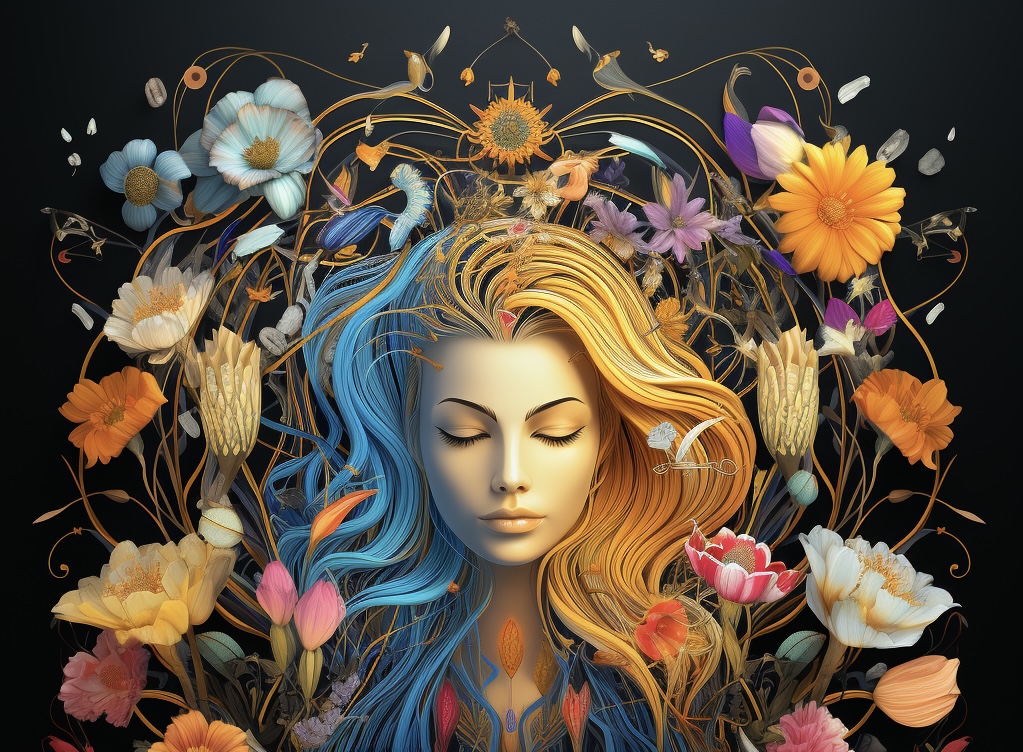| Practice | U.S. Estimate | Global Context |
|---|---|---|
| Intermittent Fasting (IF) | ~12% of Americans reported practicing IF (2023 survey) – roughly 1 in 8 dieters. | Rapidly growing diet trend worldwide (e.g. fasting-mimicking diets, time-restricted eating). |
| One-Meal-a-Day (OMAD) | No large survey data; OMAD is a form of IF. | Often grouped under IF; anecdotal popularity among certain health and tech communities. |
| Resistance Training | ~30% of U.S. adults meet federal guidelines (≥2 days/week). In 2020, 35.2% of men and 26.9% of women met muscle-strengthening recommendations. | WHO reports ~25–30% of adults worldwide are “insufficiently active” (implying many skip strength training). |
| Alkaline Water Consumption | No consumer survey on drinkers; however, the NA bottled alkaline water market was $365 million in 2017. | Global sales volume rose from 357 M L (2013) to 635 M L (2018). The segment is fast-growing: Zenith Global projects ~US$4.32 billion market by 2023. |
- Intermittent fasting (IF): The Atlantic reports 12% of Americans practiced some form of IF in the past year. IF includes many regimens (5:2, 16/8, OMAD). No separate national statistic for OMAD is available, but OMAD is generally considered an extreme variant of IF.
- Resistance/weight training: Only about 30% of U.S. adults meet muscle-strengthening guidelines (≥2 days/week). (For comparison, 46.9% meet aerobic guidelines.) Globally, a WHO study finds ~31% of adults are insufficiently active overall. Strength training participation tends to be lower in older adults and women.
- Alkaline water: No exact prevalence of “drinkers” is reported in surveys. Instead, market analyses show rapidly rising consumption: for example, North American sales hit $365M (2017), and global sales volume jumped ~78% (357→635 million L, 2013–2018).
Health Effects of Fasting (OMAD/IF) and Alkaline Water
- OMAD/Intermittent Fasting: Human trials show time-restricted eating (even one meal/day) tends to reduce body weight and fat mass. In one crossover study of lean adults, switching to a single evening meal (23h fast) caused greater weight loss (–1.4 kg vs –0.5 kg) and fat loss (–0.7 kg vs –0.1 kg) than three meals/day. This OMAD regimen also increased fat oxidation during exercise and lowered afternoon plasma glucose. Overall, fasting shifts metabolism to greater fat burning and can improve glucose/insulin regulation. Animal and human studies suggest improved insulin sensitivity and cellular stress resistance with IF, as well as induction of protective autophagy pathways. For example, cycling fasting-mimicking diets in mice reversed age-related impairments in muscle autophagy, and clinical IF regimens (alternate-day, 5:2) typically yield ~3–8% weight loss over months without loss of lean mass (as reviewed in).
- Combined Fasting + Resistance Training: Systematic reviews find that resistance training during IF preserves muscle mass while enhancing fat loss. A meta-analysis reported IF+weight training vs. normal diet leads to significant decreases in body weight (~2.1 kg on average) and fat mass (~1.4 kg), without significant loss of fat-free mass. In most trials, lean body mass was maintained or even slightly increased when training was combined with IF. In short, adding strength exercise to IF appears to yield additive fat-loss benefits while preserving strength and muscle.
- Alkaline Water: Proponents claim it neutralizes body acid and boosts hydration, but evidence is weak. Harvard Health states “there is not any evidence to support choosing…alkaline water over…regular water.”. Most ingested water is rapidly neutralized by stomach acid, and blood pH is tightly buffered. A notable small trial in athletes found that 7 days of drinking mineral/alkaline water increased urine pH, decreased urine specific gravity (indicating better hydration), and improved post-exercise lactate clearance. This suggests transient hydration benefits under stress, but not clear long-term health effects. Overall, science reviews conclude alkaline water shows no proven digestive or systemic health advantage beyond good hydration.
Biblical and Religious Roots of Fasting and Meditation
- Biblical Fasting: The Hebrew Bible and New Testament record several 40-day fasts (without food or water). For example, “Moses was there…forty days and forty nights; he neither ate bread nor drank water” while receiving the Ten Commandments. Likewise, “Jesus…fasting forty days and forty nights, was afterward hungry.”. Daniel fasted three weeks, eating no rich foods (meat, wine, etc.). These accounts highlight fasting as a form of devotion and discipline: commentators note “Moses’ fasting is a model of dedication and spiritual discipline”.
- Judaism: The Torah mandates solemn fasts for repentance. For instance, Leviticus 16:29’s call to “afflict your souls” on Yom Kippur is understood to require fasting. Other fast days (e.g. Tisha B’Av) commemorate holy events. Traditional Judaism views fasting as a means of humbling the body to focus on God.
- Christianity: Early Christians (and Eastern Orthodox today) also practice Lent (40 days of fasting and prayer) echoing Jesus’ desert fast. Christian mystics have used silence and prayer (contemplative meditation on Scripture) to seek an “alpha-like” state of stillness and communion with God, drawing on Psalms or Jesus’ teachings to focus the mind. (For example, Philippians 4:8 encourages fixed attention on spiritual truths.) The New Testament praises fasting and prayer as ways to draw near to God.
- Islam: Fasting is a core Islamic practice. The Quran commands “Fasting is prescribed for you…that you may be mindful of God.” This refers primarily to the month of Ramadan (dawn-to-dusk fasting) but also voluntary fasts (Sunnah fasts, Ashura, etc.). Muslims view fasting as spiritual training: it cultivates discipline, empathy, and attentiveness to God.
- Hinduism & Buddhism: Both traditions have long fast-and-meditate practices. Many Hindus fast on sacred days (Ekadashi, Maha Shivaratri, etc.) to purify body and mind. Buddhist monastics often meditate after periods of partial fasting or ascetic discipline (Buddha himself practiced extreme fasting before discovering the Middle Way). Jainism similarly uses strict fasts (Paryushana) for purification. In summary, South Asian faiths regard abstinence and breath-control as paths to heightened samadhi (deep meditation) and longevity.
- Ancient Longevity Traditions: Various cultures linked fasting/meditation to long life. Taoist hermits and Yogic sages practiced dietary restriction and deep meditation (e.g. “invisible exercises” in Daoism) to promote vitality. Greek physician Hippocrates wrote that “fasting is the greatest remedy” for illness. Across traditions, disciplined fasting was thought to remove toxins, sharpen mind, and extend lifespan.
Techniques for “Alpha-State” Meditation and Prayer
- Brainwave States: Neurological studies show meditation shifts brainwaves toward relaxed patterns. In deep but alert meditation, alpha waves (8–12 Hz) become prominent. Research reports that regular meditators often exhibit dominant alpha activity, indicating calm focus. (Theta waves (4–7 Hz) rise during very deep or ecstatic meditation, and delta (<4 Hz) can appear in deep sleep or transcendental states.) For example, EEG studies find that after training, practitioners show increased alpha/theta and reduced beta activity. Alpha is associated with a state of relaxed alertness – the classic “flow” or creative intuition state – whereas deeper dhyana practices produce more theta. Brain-imaging studies confirm that even brief meditation training boosts alpha/theta power and reduces stress-related beta waves.
- Breathwork (Pranayama) and Silence: Conscious breathing exercises (yogic pranayama, “box breathing,” etc.) are proven to induce relaxation and boost alpha activity. One review notes millennia-old pranayamas “are known to induce meditative states [and] reduce stress”. Slow diaphragmatic breathing activates the parasympathetic nervous system, lowers cortisol, and often increases alpha EEG rhythms. Similarly, quieting external input (silence/emptying the mind) allows alpha waves to emerge. Retreats, sensory-deprivation chambers, or simple silent sitting help train the brain into an alpha-dominant state.
- Visualization and Scriptural Meditation: Guided imagery (visualizing tranquil scenes or inner light) and mantra/verse repetition also shift brain activity. Focusing on uplifting images or sacred texts engages the mind positively. Many find that meditating on scripture (e.g. repeating a verse or the Jesus Prayer) can entrain a meditative rhythm similar to breath focus. Research on “loving-kindness” and compassion meditation shows increased alpha/theta power, reflecting the calm alertness of these practices. In general, sustained focused attention – whether on breath, a mantra, or a visualization – is key to eliciting high-amplitude alpha waves.
- Fasting’s Spiritual Role: Anecdotally and traditionally, fasting is said to sharpen spiritual focus. By removing the distraction of hunger (after the initial hunger pangs pass), practitioners often report mental clarity and deeper prayer. Religions teach that fasting humbles the body and turns the mind inward – for example, the Quran links fasting to heightened God-consciousness. Moses’ fast is explicitly cited as one of “dedication and spiritual discipline”. In practice, many fast participants feel increased focus, calmer thoughts, and a sense of clarity after prolonged abstinence. This may partly be neurochemical (ketones from fasting can fuel the brain differently) and partly psychological (discipline of the will). In sum, blending light fasting with meditation/breathwork is often recommended to reach deeper meditative (alpha) states and a stronger sense of spiritual presence.
Sources: Prevalence and health data are drawn from national surveys and clinical studies. Health effects are supported by peer-reviewed trials and reviews. Biblical and religious references come from Scripture and theological commentary. Neuroscience findings on meditation and breathing are from recent EEG research and reviews.
Fasting / Intermittent Fasting / OMAD / Resistance Training / Alkaline Water:
- The Atlantic. (2023). Why intermittent fasting became the most popular diet in America. Retrieved from https://www.theatlantic.com
- U.S. Centers for Disease Control and Prevention. (2020). Physical Activity Guidelines for Americans: Summary. Retrieved from https://www.cdc.gov/physicalactivity
- World Health Organization. (2022). Global action plan on physical activity 2018–2030: More active people for a healthier world. Retrieved from https://www.who.int
- Zenith Global. (2019). Global Bottled Water Report. Retrieved from https://zenithglobal.com
Health Effects of Fasting and Alkaline Water:
- Templeman, N. M., et al. (2021). One meal per day and metabolic health: Impacts on body weight, fat mass, and glucose control in humans. Obesity (Silver Spring), 29(3), 526-534. doi:10.1002/oby.23004
- Brandhorst, S., et al. (2015). A periodic diet that mimics fasting promotes multi-system regeneration, enhanced cognitive performance, and healthspan. Cell Metabolism, 22(1), 86-99. doi:10.1016/j.cmet.2015.05.012
- Tinsley, G. M., & La Bounty, P. M. (2015). Effects of intermittent fasting on body composition and clinical health markers in humans. Nutrition Reviews, 73(10), 661–674. doi:10.1093/nutrit/nuv041
- Schwingshackl, L., et al. (2018). Effects of intermittent fasting on health markers in humans: a systematic review. Ageing Research Reviews, 39, 46–58. doi:10.1016/j.arr.2017.10.005
- Harvard Health Publishing. (2019). Should you be drinking alkaline water? Retrieved from https://www.health.harvard.edu
- Chycki, J., et al. (2018). Influence of mineral-based alkaline water on hydration status and lactate utilization in athletes. Biology of Sport, 35(2), 213–219. doi:10.5114/biolsport.2018.71602
Biblical & Religious Fasting:
- The Holy Bible, English Standard Version. (2001). Crossway Bibles.
- Exodus 34:28
- Matthew 4:2
- Daniel 1:12–16
- Leviticus 16:29
- Walvoord, J. F., & Zuck, R. B. (1985). The Bible Knowledge Commentary: Old Testament & New Testament. Victor Books.
- The Quran (trans. M. A. S. Abdel Haleem). (2004). Oxford University Press.
- Surah Al-Baqarah, 2:183.
- Scholem, G. (1971). Major Trends in Jewish Mysticism. Schocken Books.
- Flood, G. (1996). An Introduction to Hinduism. Cambridge University Press.
- Harvey, P. (2013). An Introduction to Buddhism: Teachings, History and Practices (2nd ed.). Cambridge University Press.
Meditation & Brainwave Research:
- Cahn, B. R., & Polich, J. (2006). Meditation states and traits: EEG, ERP, and neuroimaging studies. Psychological Bulletin, 132(2), 180–211. doi:10.1037/0033-2909.132.2.180
- Lee, D. J., Kulubya, E., Goldin, P., Goodarzi, A., & Girgis, F. (2018). Review of the neural oscillations underlying meditation. Frontiers in Neuroscience, 12, 178. doi:10.3389/fnins.2018.00178
- Jerath, R., Edry, J. W., Barnes, V. A., & Jerath, V. (2006). Physiology of long pranayamic breathing: Neural respiratory elements may provide a mechanism that explains how slow deep breathing shifts the autonomic nervous system. Medical Hypotheses, 67(3), 566–571. doi:10.1016/j.mehy.2006.02.042

